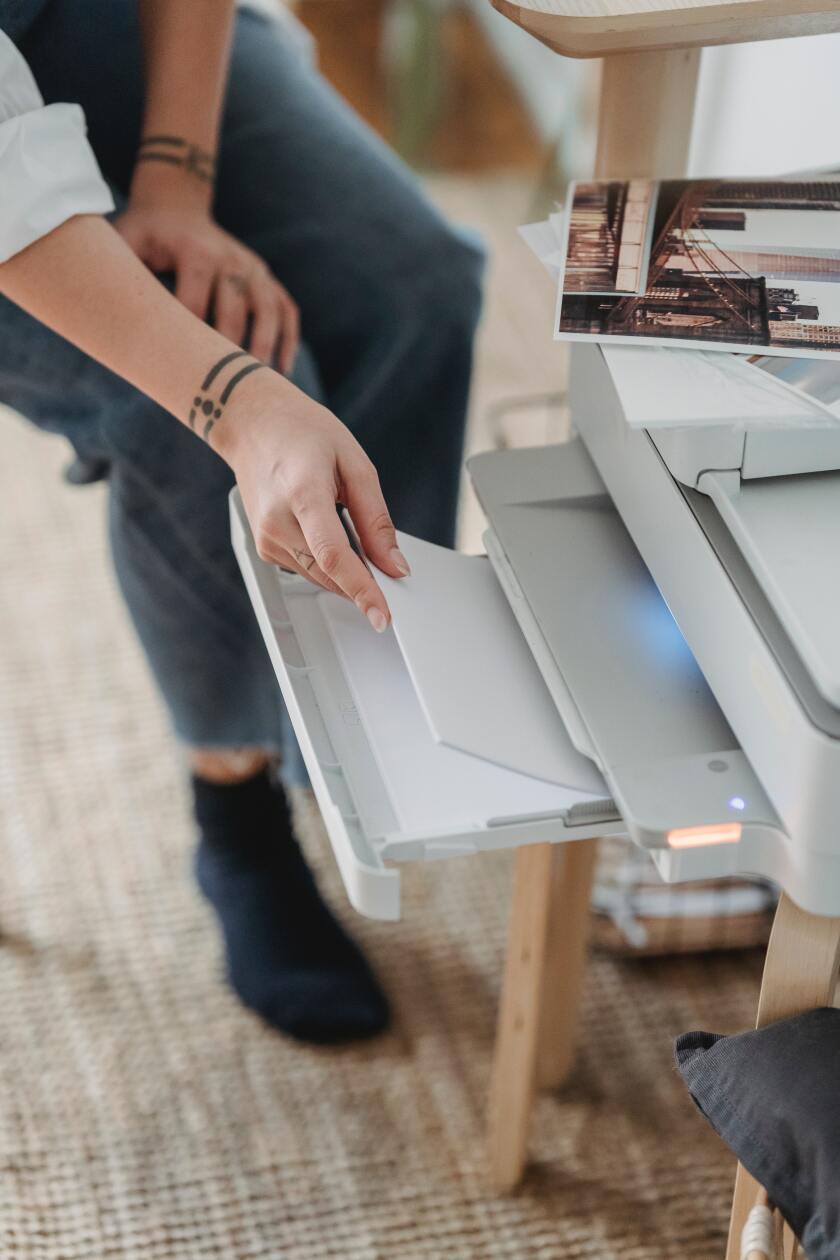Document Scanning/Digital Imaging
To borrow a scanner from URIM for a short-term scanning project, please email urim@byu.edu.
Scanning can enable employees to have online and simultaneous access to department records. When department records are scanned and stored in a backed up location, the paper documents can be securely shredded. Unless they are told otherwise by Legal or another credible source, departments do NOT need to maintain both the paper and electronic versions of the same documents. There is no requirement to "go paperless". Scanning takes time and effort and should only be considered when A. online access will improve the department's efficiency or B. if the documents are vital to the department's ongoing operation and an electronic backup is necessary.
If you have any questions about starting a scanning project or if scanning your documents is the right step for your department please contact us @ 2-6260.

To start a scanning project:
- Select a scanner. We prefer to use the Fujitsu fi7160.
- Purchase
- Look for a scanner (whether Automatic Document Feeder (ADF) or flatbed) that can handle:
- OCR (Optical Character Recognition)
- Color
- File compression
- Blank page and size detection
- Look for a scanner (whether Automatic Document Feeder (ADF) or flatbed) that can handle:
- Borrow from University Records & Information Management
- There are a limited number of scanners available for short-term (1-3 month) projects. Please contact the Couriers at urim@byu.edu for more information.
- Purchase
- Prepare the documents.
- Remove staples and paper clips
- Repair tears
- Place the documents in the preferred order
- Create a file structure on the network or hard drive for the scanned files.
- This should be the same structure used to store the files in Box.
- Use a naming convention with the following considerations:
- What will be the fastest way to identify the file in 5 years?
- Don’t use special characters if they can be avoided. (#%&:<>?)
- Bad example: Committee Minutes.docx.
- Good example: Records Committee 20150101 Minutes.docx
- Decide on metadata indexing – what additional data should be collected to easily find the document later?
- Begin scanning.
- Quality Control – ensure image quality and indexing are accurate.
- After quality has been verified and scans have been stored in a backed up secure location (such as Box or on a M-DISC for long term storage), paper copies may be destroyed. Please contact the Couriers at urim@byu.edu if you need an M-DISC or an M-DISC writer for your project.